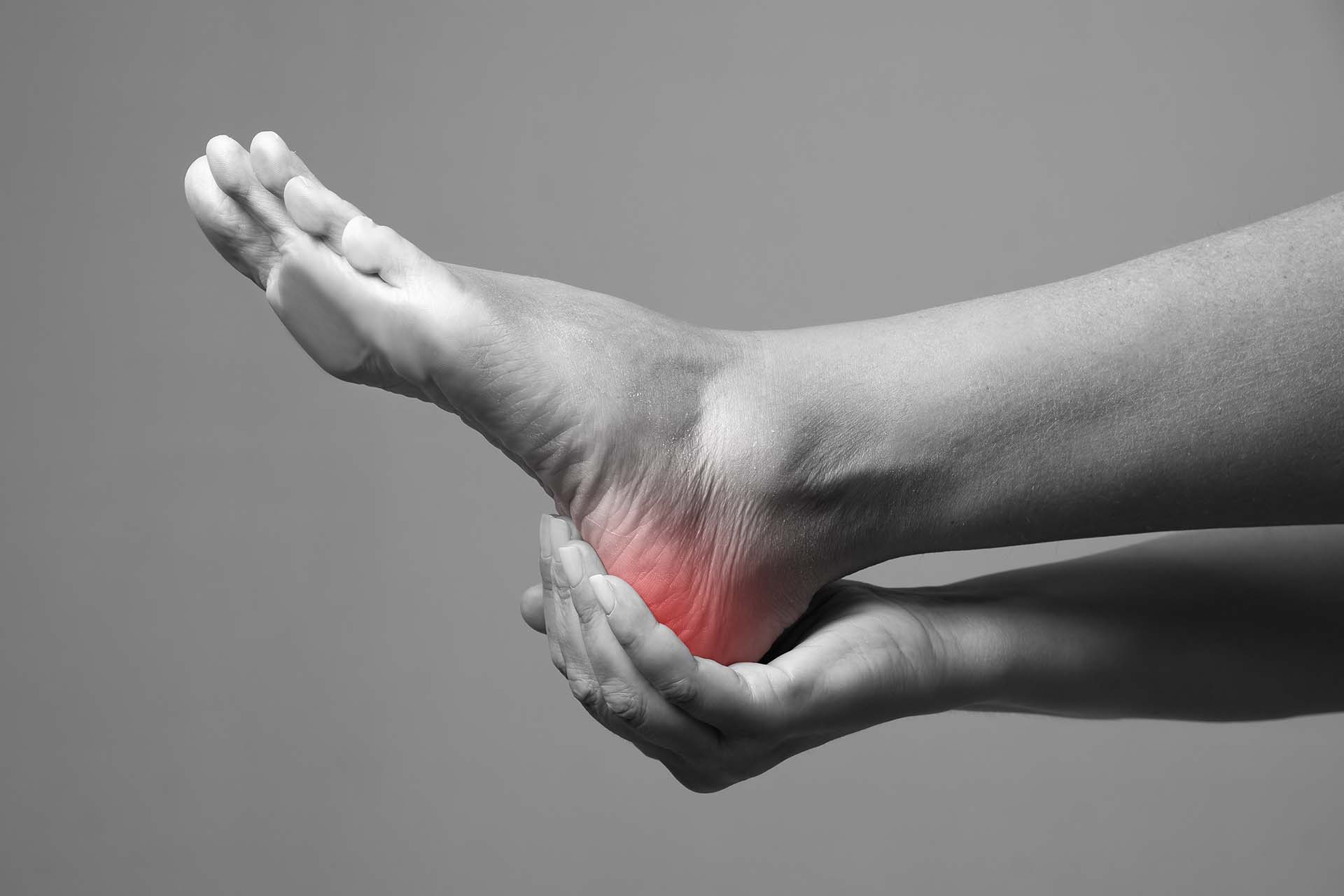
Heel pain, whether on the bottom or on the back of the heel, can be due to various reasons. The cause can be either mechanical, vascular, traumatic, arthritic, neurologic or dermatologic in nature. One of the most common heel conditions is Plantar Fasciitis. This is an inflammation of the thick band of tissue that goes from the bottom of the heel to the toes.
When this inflammation becomes chronic, it may cause a calcification of the heel referred to as a Heel Spur. Pain usually manifests on the bottom of the heel and/or the arch of the foot. It is most painful with our first steps in the morning, after a period of rest or after physical activities. As with all foot pain, it is best to consult your podiatrist as soon as possible. It is always preferable to treat a problem in its acute phase before it becomes chronic and more difficult to heal.

Long standing diabetes and diabetes that is not well controlled can lead to a plethora of health problems. At the level of the feet, diabetes can cause changes in your blood flow as such decreasing the amount of oxygen needed to nourish your nerves and muscles. As a result, diabetics lose their protective sensations to the feet and so will not feel pain or injury as well as a nondiabetic. A simple blister on ingrown toenail can go unnoticed for weeks and with a poor circulation can lead to ulceration, severe infection and potential amputation. It is imperative to conduct daily foot exams at home and to consult your podiatrist as soon as you notice something problematic. NEVER attempt to fix the problem yourself. More often than not, your attempts will cause further complications.
Prevention is key! It is strongly recommended to see your podiatrist on a regular basis for routine foot care. Our podiatrists perform evaluations of neurovascular status at every visit along with taking care of your nails, skin, wounds and deformities
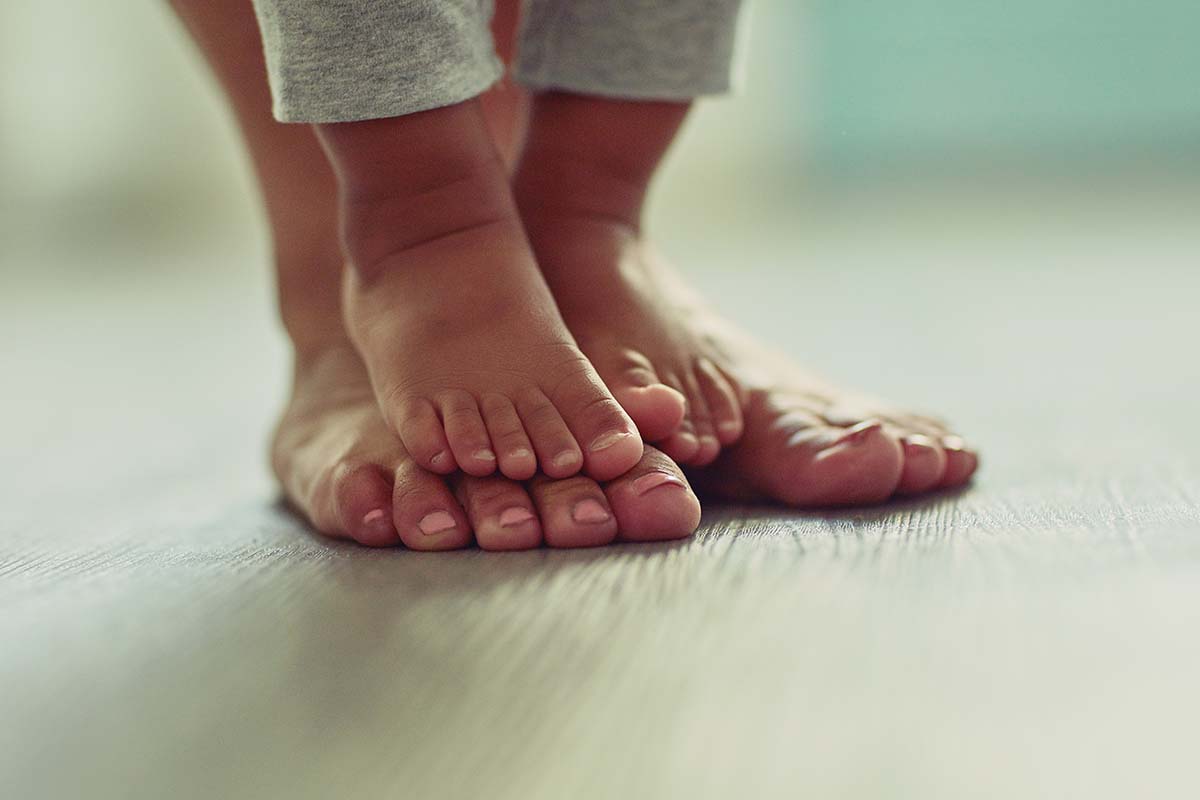
Your children’s feet change as they grow. Depending on their age, certain deviations are considered normal, yet others require intervention in order to optimize proper alignment as they grow. Hereditary factors can give us a good idea of how your child’s feet can evolve. Here are certain conditions in children that merit a proper evaluation from a podiatrist:
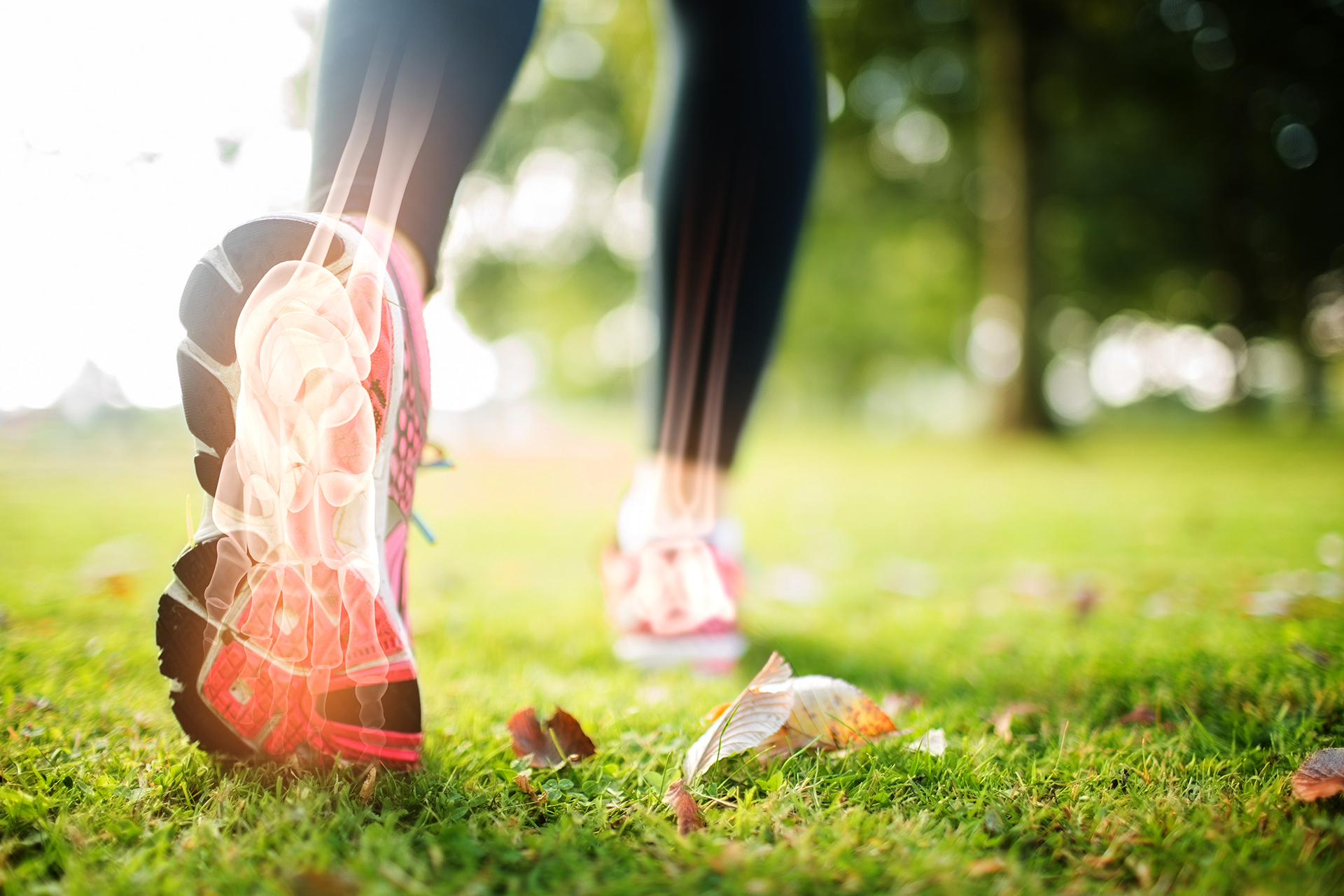
For all musculoskeletal injuries, our podiatrists can perform a full biomechanical evaluation where your posture, your gait and your muscle power are evaluated. By so doing, we can determine the cause of the problem and establish a treatment plan. Injuries can be due to improper foot mechanics, poor technic, or poor choice of footwear. Treatment can include review of present workout plan, proper strengthening and stretching exercises, discussion of proper shoe gear, custom made orthotics, tapings and infiltrations.
What are orthotics?
Orthotics are custom made shoe inserts that are intended to correct an abnormal or irregular walking pattern, by altering slightly the angles at which the foot strikes a walking or running surface.
Orthotics can be made from different materials, and may be rigid, semirigid, semiflexible, or accommodative, depending on your diagnosis and specific needs.
Foot orthotics may be recommended if muscles, tendons, ligaments, joints, or bones are not in an optimal functional position and are causing pain, discomfort, and fatigue. In order to determine if custom orthotics can be beneficial for your condition, a biomechanical exam is required. This consists of a seated and standing evaluation and a gait analysis.
In Quebec only your podiatrist or medical doctor can prescribe custom made orthotics. At our clinic, our podiatrists have the knowledge and training to evaluate, diagnosis, cast, prescribe and deliver your orthotics to you, making sure to answer all your questions along the way.
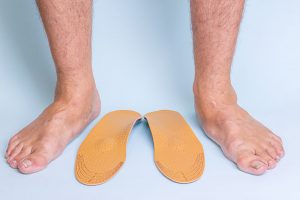
Flat feet are characterized by a flattening of the arch mostly visible when standing and walking. It is condition that is most commonly hereditary but can be due to other factors such as obesity, pregnancy or trauma. Flatfeet can not only cause pain in the feet and ankles but can also cause pain in the legs, knees and lower back. After a biomechanical evaluation, certain exercises, proper shoes and custom insoles may be recommended.
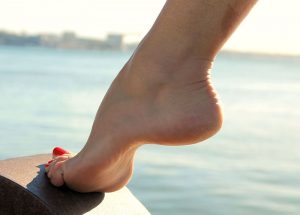
When the arch if the foot is excessively high it can cause an instability of the foot and ankle. This condition has a genetic predisposition and can be associated with neurological disorders. After a biomechanical evaluation, certain exercises, proper shoes and custom insoles may be recommended.

Callouses are a thickening of the superficial layer of the skin which is due to excessive pressure to a specific area. Corns are associates with a boney prominence and are deeper in nature. The cause of either affliction can be due to genetic factors, the shape of your foot, the activities you do and the type of shoes that you wear. This accumulation of hard skin can be painful and may cause fissures or cracking in the skin which can be an entrance point for bacteria into your system. It is not recommended to use self-cleaning technics at home with blades or scissors for fear of injury and worsening the condition. Diabetics and people with a compromised circulation are especially prone to complications from “self-cleaning” that can lead to infection and even amputation. Your podiatrist is your health care professional that will evaluate your condition, treat your symptoms and give you the necessary information to improve your condition. Medical foot cleanings are important and are always done with sterilized equipment. For many, including diabetic patients, they are recommended on a routine basis.

This condition most commonly affects the big toes and occurs when the border of the nail penetrates the skin. It can be due to shoes, trauma, or hereditary factors and can affect people of all ages. It is not only extremely painful but an also lead to infections and systemic complications. Depending on your situation, various treatment options are available. Whether preventative, conservative or permanent, all procedures can be discussed in detail, always keeping in mind the esthetic aspect of your toes.

Plantar warts are caused by HPV (Human Papilloma Virus). They are contagious and are often contracted by contact with the virus in pools, nail salons and public showers. It is important to treat them since they can be painful and are contagious. Your podiatrist can discuss with you the various treatments available.

Athletes foot or Tinea Pedis is a fungal infection that usually begins between the toes or on the bottom of our feet. It is commonly seen in people whose feet have become very sweaty while confined within tightfitting shoes or from walking in public areas barefoot. Signs and symptoms of athlete’s foot include a scaly rash and cracks in the skin that usually cause itchiness, painful stinging and burning. There is also often an associated malodor. A break in the skin such as that caused by athlete’s foot can be a point of entry into your body for other bacteria. This in turn can lead to serious infections. If you think you have athlete’s foot, your podiatrist can evaluate and determine the proper treatment plan for you.
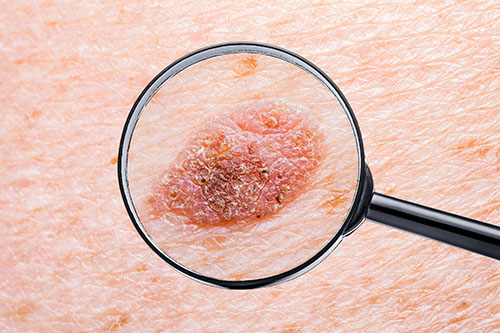
All skin lesions, whether moles, plaques, redness, blisters or pustules require proper evaluation. Although often pain free, certain lesions on our feet can be life-threatening, such as a melanoma. All skin conditions should be evaluated by your physician or podiatrist. A biopsy may be necessary for a proper diagnosis.
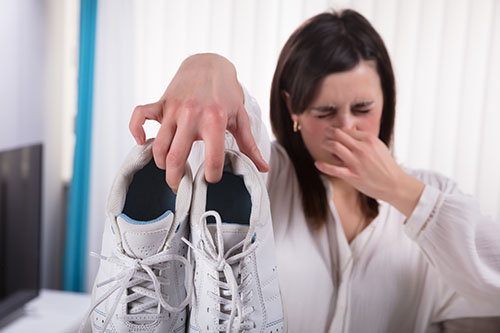
Often caused by excessive sweating and/or an infection of the skin and nails. Primarily, proper foot hygiene is key, however treatments are available to control humidity and treat infections if present.

This condition most commonly affects the big toes and occurs when the border of the nail penetrates the skin. It can be due to shoes, trauma, or hereditary factors and can affect people of all ages. It is not only extremely painful but an also lead to infections and systemic complications. Depending on your situation, various treatment options are available. Whether preventative, conservative or permanent, all procedures can be discussed in detail, always keeping in mind the esthetic aspect of your toes.
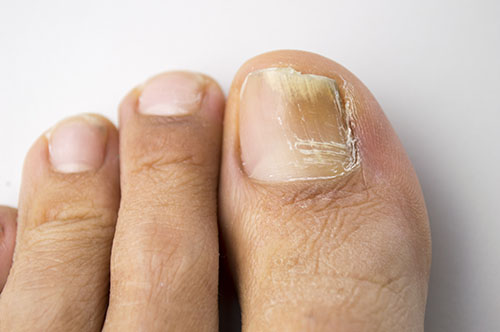
Fungal infections can affect nails and skin. These infections are contagious and can easily spread from person to person in public areas such as changing rooms, pools and nail salons. People who have humid/sweaty feet, have a weakened immune system due to various illnesses such as diabetes, or have a poor circulation due to smoking are more prone to infection. If your nails are discolored, thick and deformed, you could in fact have a fungal infection. A proper diagnosis is key and quick treatment is recommended. Various treatments exist such as topical or oral medication along with mechanical debridement of the affected nails which is key. Laser can be recommended to improve nail appearance.
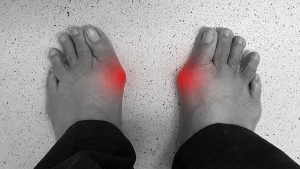
This deformity is quite common and can be quite debilitating. It is an external deviation of the big toe that can become more pronounced over the years. The cause is often hereditary yet can also be due to tight high heeled shoes. There are conservative approaches to slow down the deviation. Surgical procedures to correct the deformity may be a possibility. Proper evaluation and discussion with your podiatrist will give you a clearer picture of your specific options
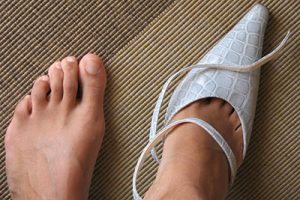
Hammer toes are deformities of your toes caused by an imbalance of the muscles, tendons and ligaments. Muscles in a hammer toe become rigid over time. You may have corns or calluses on the top of the middle joint or the tip of the toe. You may also feel pain when wearing shoes and walking.
If you can still bend your toe or toes, nonsurgical treatment options may include:
If hammertoes become stiff, painful and limit activity, surgery may be warranted.
Your Podiatrist will determine whether surgery is necessary and discuss the options with you.

This condition is a thickening and inflammation of the nerve between the toes, most commonly between the 3rd and 4th toes. Symptoms can include burning, electric shocks and numbing of the toes. The cause is often due to the structure of the foot or improper shoes. Treatment options may include proper shoes, custom orthotics, cortisone injections and possibly surgical excision.